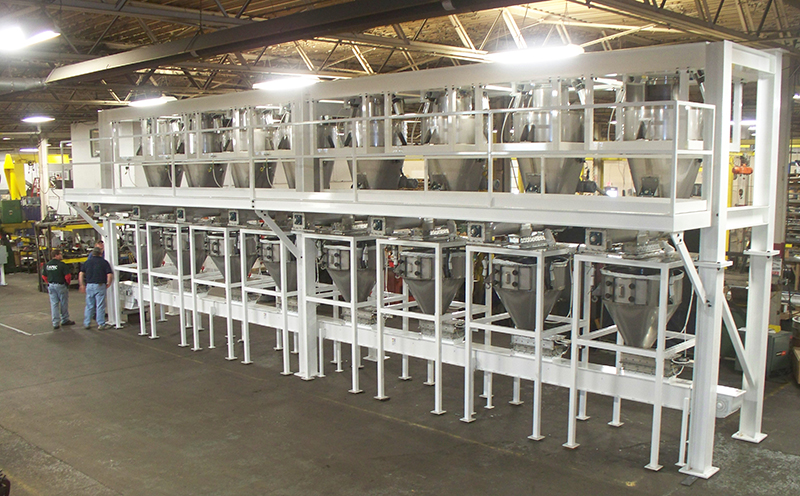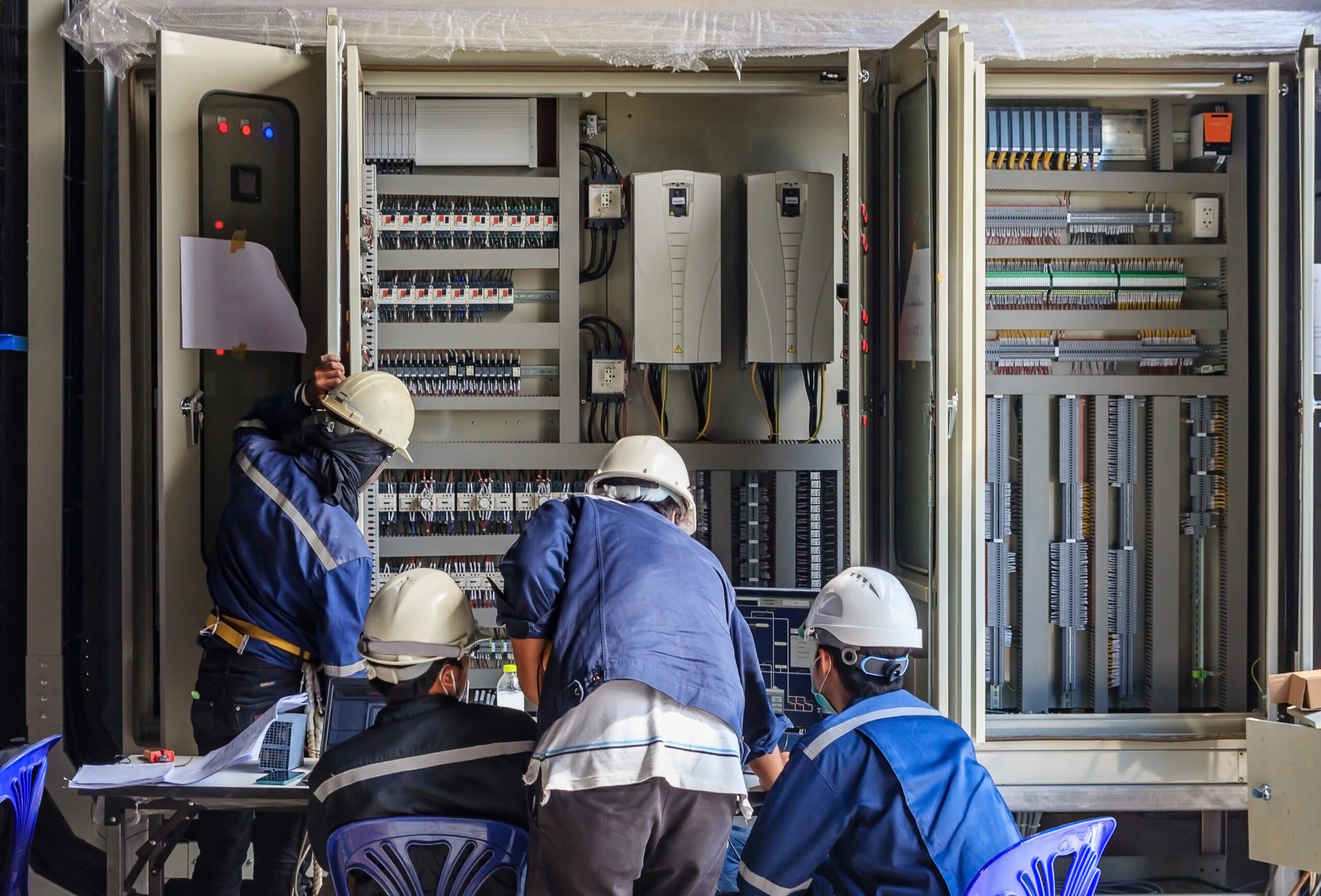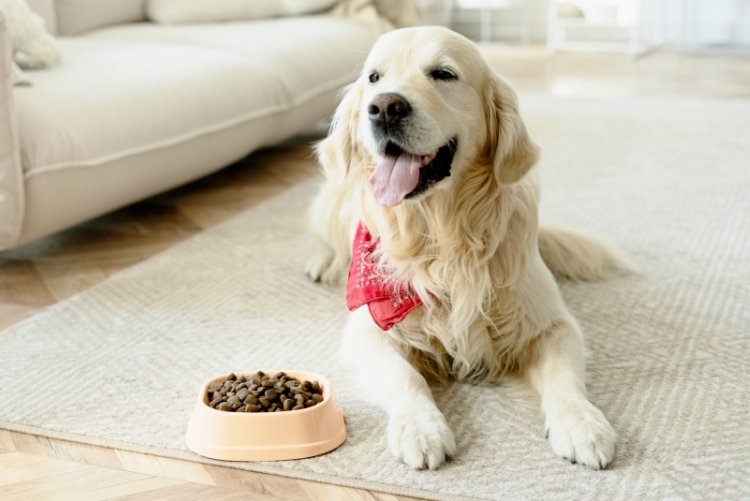
The right super sack unloader system allows you to measure and process materials quickly and cost-effectively, with very little waste, error or manpower required. Unloading materials may seem like a straightforward process, however the wrong bulk bag discharge system can cause product defects, ingredient loss, and pose workplace safety hazards. The ingredients you’re using as well as the design of your system and the volume processed will all play a role in choosing a safe, effective, durable super sack unloader.
1. Design for Space
The first thing to consider with your super sack unloading system is the design, which will depend on how you transport the bulk bags, and the design of your facility. Your bulk bag unloader design may be any of the following:
- Forklift: If you are transporting the bag from the top using a forklift, this will most likely be the easiest and simplest option. This allows a forklift operator to easily load the bag into the frame from the top, with no other steps required.
- Dedicated Hoist: In some cases a clear path may not be available for a forklift. A dedicated hoist design allows you to secure the bag to support arms and lift, then push it into place. With this design, it is important to motorize the lifting and pushing mechanism to put the bag in place.
- Bottom Lift: Facilities with low clearance, such as those retrofitting from individual bag unloading, may use a bottom lift mechanism. With this design, a forklift operator can move the super sack and support frame from the bottom and lift it into place with only about half the height needed.
Keep in mind that staff should never be below the bags at any point while loading the bag, as this presents a serious workplace hazard. Though bulk bag failures are uncommon, they do occur.
2. Preventing Bag Deformation
As the ingredients flow out of the bulk bag, it will begin to lose its shape and ingredients will flow slowly, or even stop. There are several ways to stop flow problems, and which you choose will depend on the ingredients you are using and the design of the super sack unloading equipment.
- Raise the Bag: With vertical clearance available, you can lift the bulk bag support arms as the bag unloads, increasing the flow angle.
- Retractable Arms: If the arms supporting the super sack are spring-loaded, they will retract as the bag loses tension. This maintains the flow angle.
- Paddles: Pneumatic paddles at the bottom of the bag can push the ingredients up as the bag discharges. For ingredients with low flow, or for sticky materials prone to clumping, paddles and other flow aid devices are useful.
3. Accounting for Material Characteristics
The characteristics of your materials are also important to consider when choosing your super sack unloader. Some materials are more susceptible to flow problems or segregation, which can cause other problems in the process. How the material flows, its moisture content, whether it is prone to static charge, clumping or flushing, and other characteristics will decide what type of special features your bag unloader may need to be effective.
- Flushing: Dry, light, free-flowing materials may have a tendency to flush, continuing to flow after shut-off. Pay special attention to the valve or gate below the bag to prevent flushing.
- Dust: Dry, light materials also tend to produce dust. A ventilation or vacuum system may be required around the bulk bag unloader to prevent dust build-up and workplace safety hazards. When the bag is empty, dust can be trapped inside, so it is also important to tie the empty bag before removing it.
- Clumping: Adhesive materials may form clumps within the bag, or the bag may become solid if it is compressed. In some cases, a bag liner preventing moisture can stop clumping. Pneumatic rams can break up solid blocks, or paddles can break apart clumps.
- Static: Very fine materials as well as some plastic resins can become statically charged as they flow, especially in dry conditions. This can cause materials to stick to the sides of the bag or feeder and decrease the feeder capacity. The static charge can also pose a risk to scales, load cells or system controls. Make sure the super sack unloader frame is grounded to prevent static build-up.
- Moisture: Some materials may need protection against moisture to prevent spoiling or clumping. A bag liner can prevent this, but the bulk bag unloader frame should also secure the bag liner to prevent it from becoming lodged in the feeder.
4. The Right Discharge System
To accurately discharge ingredients, you’ll need to choose the right discharge system using either loss-in-weight or volumetric measurement. Which method you choose will depend on the level of accuracy you require.
- Loss-in-Weight: With load cells mounted underneath the bulk bag base or frame you can measure discharge through the weight of the bag. This is suitable for ingredients in large amounts, but more accurate scales will be required for ingredients discharged at 40 lbs or less with 1% accuracy, based on a one-ton bulk bag.
- Gain-in-Weight: For more accurate measurements, gain-in-weight measurement may be preferred. In this case, the scale be sized for the actual amount being weighed, so the accuracy can be adjusted to your needs.
5. Meeting Sanitation Requirements
If your materials must meet food grade or other USDA or FDA standards, you’ll need to make sure the super sack unloader and the bag itself are suitable. A bag liner is useful here to protect the materials inside from moisture, damage or contamination. In this case, the frame around the bag should secure both the bag and the liner, or the liner may collapse and enter the feeder. The frame, as well as any surface the materials come into contact with should be made from stainless steel to allow for easy sanitation.
Find the Right System for Your Project
With the right bulk bag unloading system, you can process materials quickly, safely, and efficiently. The best way to make sure your system works effectively with your materials, as well as your downstream and upstream processes, is to design and test it properly. Your equipment supplier can help you address these issues and make each part of your system efficient.
Is your unloading system in need of an upgrade? Request a quote from APEC today!







